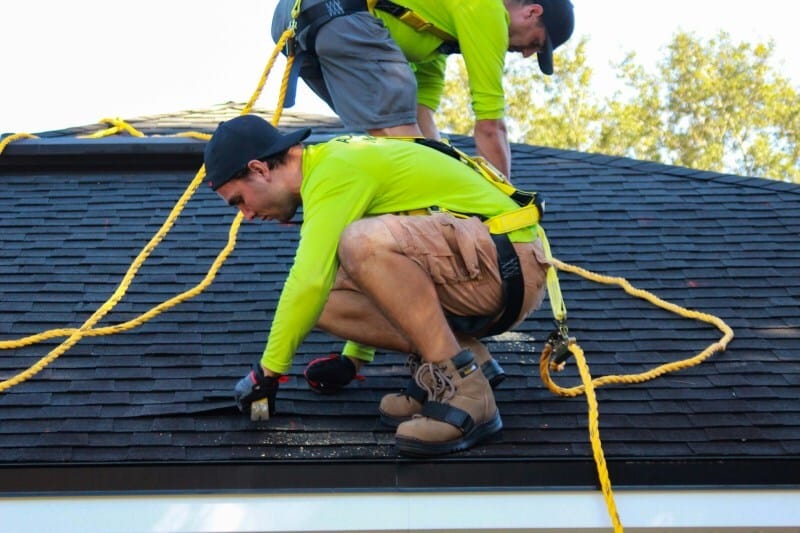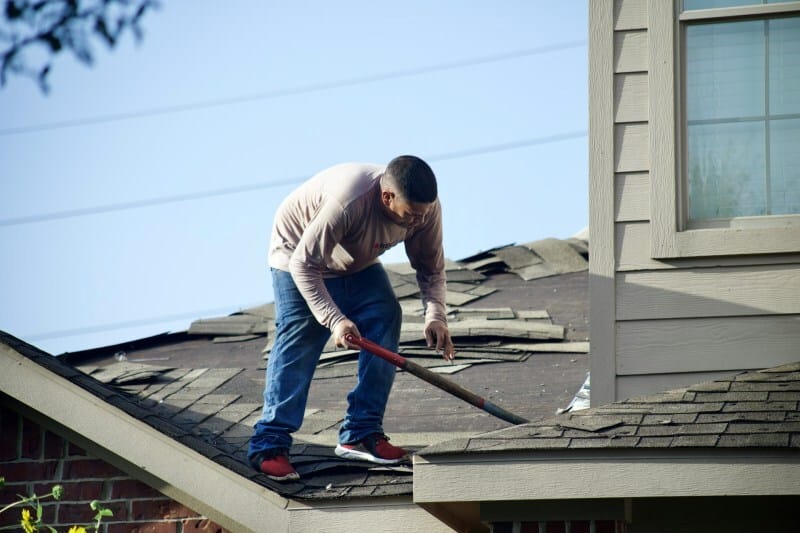A rattling shingle on a Smyrna porch signals a roof nearing its limits. Many homes built before the 1990s carry unseen strain from sun exposure, layered repairs, and Tennessee storm cycles. What looks sound from the street may hide moisture damage or structural fatigue that compromises both comfort and safety.
Evaluating rafters, decking, and ventilation helps determine if small repairs can extend the roof’s life or if replacement offers better protection. Local permit codes, roof pitch, and regional weather conditions guide the best approach. A detailed inspection and clear estimate from a trusted roofing company in Smyrna TN help older homes stay secure for years ahead.

Evaluating Smyrna’s Older Roof Structures
Sunlight through an attic hatch exposes sagging rafters and decking softened by trapped moisture, quiet reminders of decades of Tennessee humidity. On older Smyrna houses, layers of shingles and underlayment can hide past leak lines and unseen wood rot. A flashlight inspection that notes rafter spacing, nail pull, and soft decking provides a reliable starting point for decisions that protect the home’s stability.
Different layouts change how heat and air move; low-pitch ranch and split-level attics often trap warmth without ridge or soffit ventilation. Photograph vents, baffles, and insulation depth, then save measurements and dated images together. Organized records simplify permits, speed insurance claims, and give homeowners confidence their repairs rest on verified evidence, not guesswork.

Choosing Materials That Withstand Tennessee Weather
Thunderclouds dumping hail across a row of Smyrna roofs make the stakes clear and show why material choice matters. Impact-rated shingles reduce shingle loss during storm season and resist wind uplift on older framing. Homeowners should weigh the cost difference against the real damage reduction that comes from higher-impact products designed for hail-prone corridors.
Narrow attics with modest rafters often can’t accept heavy tile, so lighter-weight choices like metal or composite shingles reduce load without sacrificing durability. Underlayments with integrated moisture barriers stop vapor migration and limit mold growth, and choosing lighter roof finishes can lower attic temperatures, a small change that improves long-term comfort.

Local Permits and Code Requirements
Starting a roof project in Smyrna means sorting through permits that can seem overwhelming, but good preparation saves time and costly rework. Local rules define fastener spacing, underlayment types, and approved materials that keep projects safe and compliant. A quick call to the city’s Building Safety Department confirms current requirements before work begins. Homeowners should also review association rules or historical designations that may limit roof color, materials, or construction noise.
Inspections follow a steady rhythm—underlayment, flashing, and final review. Scheduling around those steps keeps crews efficient and timelines shorter. Keep permits, photos, and invoices for insurance or resale. Organized records reassure buyers and prove the roof meets Smyrna’s safety standards.

Tear-Off and Installation in Residential Neighborhoods
Crews spread heavy tarps over flowerbeds and boxwood hedges before the first roof tear-off to protect plantings and walkways. Schedule work during an extended dry window so underlayment stays dry and set wet-weather backups with the contractor to reduce delays. Confirm dumpster placement to avoid blocking curb space or shared driveways and run magnetic sweeps daily for loose nails. Discuss daily start and stop times with your crew in advance to reduce noise complaints and keep neighborhood routines running smoothly during construction.
Neighbors appreciate a short notification window and protected zones for parked cars and mailboxes. After installation, inspect gutters and downspouts for shingle grit and stray fasteners, and schedule a final sweep with your contractor so runoff paths stay clear, which makes post-installation care simpler.

Post-Installation Maintenance and Warranty Care
A clean gutter line after a thunderstorm signals more than drainage—it shows the roof is working as designed. Schedule inspections after heavy winds, prolonged storms, and again in spring and fall to spot loose flashing, sealant cracks, or early shingle wear. Document findings with dated photos to catch small issues before they become costly damage.
Trim nearby trees so branches and pine needles stay clear of eaves and vents. Register warranties promptly, keep receipts, and ask your contractor about seasonal service plans that include gutter clearing and fastener checks. Consistent upkeep adds years to a roof’s life, protects resale value, and turns maintenance into lasting peace of mind.
Protecting an older Smyrna home begins with understanding its limits and preparing before harsh weather arrives. Detailed inspections, lighter roofing materials, and code-compliant installation safeguard both structure and comfort for decades. Keep warranties registered, track seasonal maintenance, and store photos to document roof condition for insurance or resale. A thoughtful replacement becomes more than upkeep—it’s an investment in safety, property value, and year-round stability. Compare written estimates, confirm licenses, and select a reputable roofing company in Smyrna TN. With organized planning and reliable craftsmanship, each repair adds resilience and long-term confidence to homes shaped by Tennessee’s changing climate.
The post What to Know About Roof Replacements for Older Smyrna Homes appeared first on Moss and Fog.
